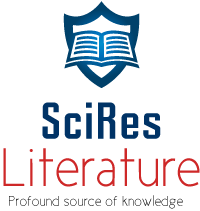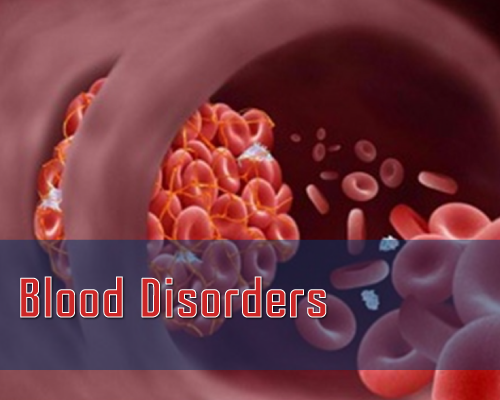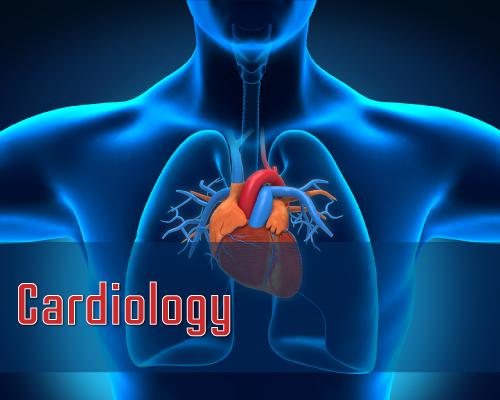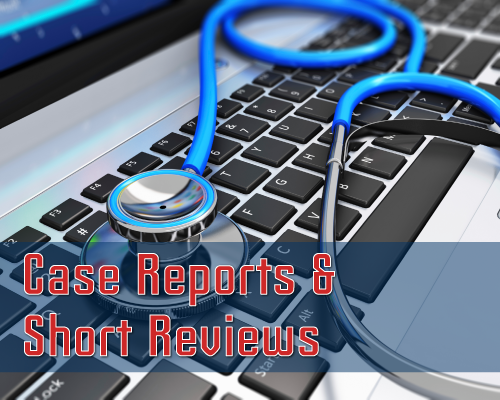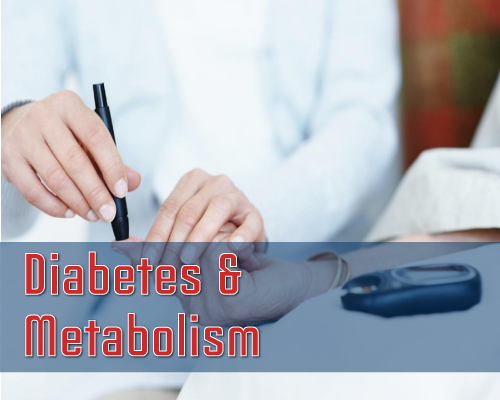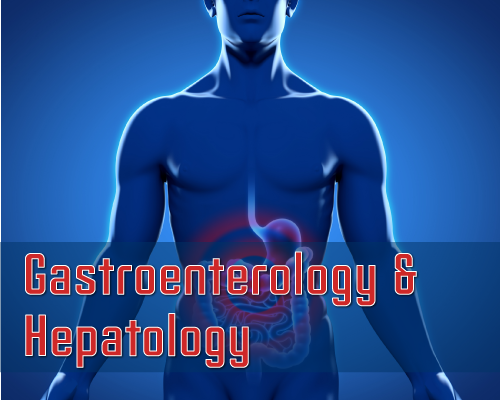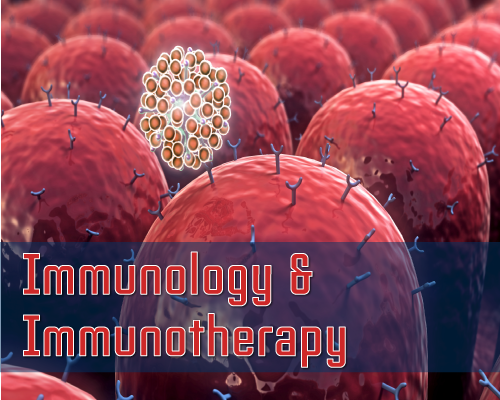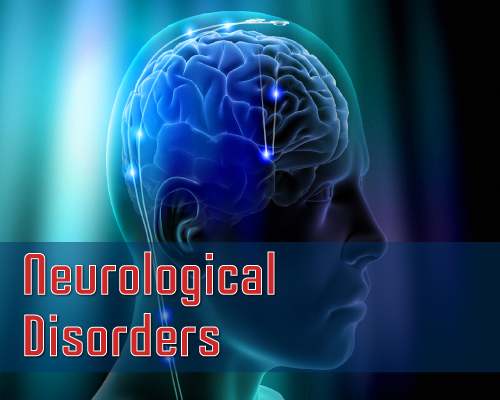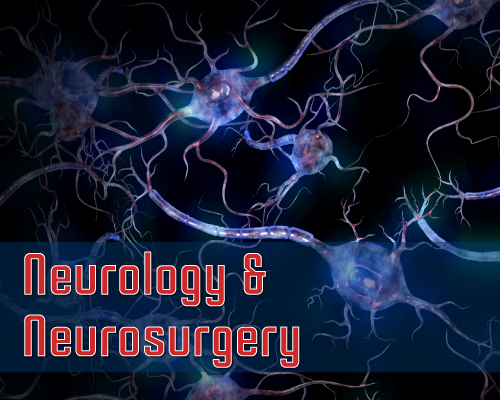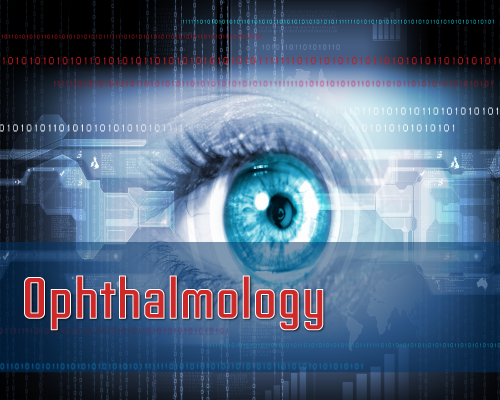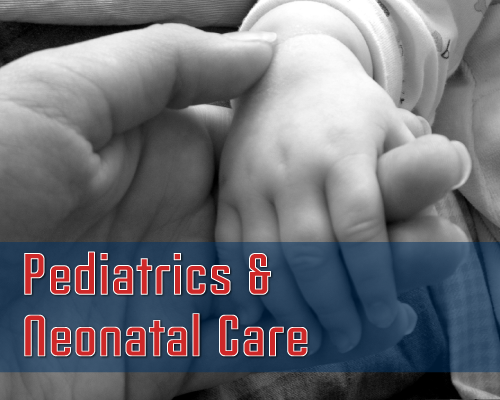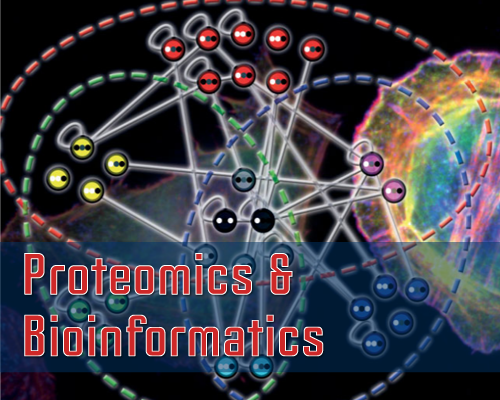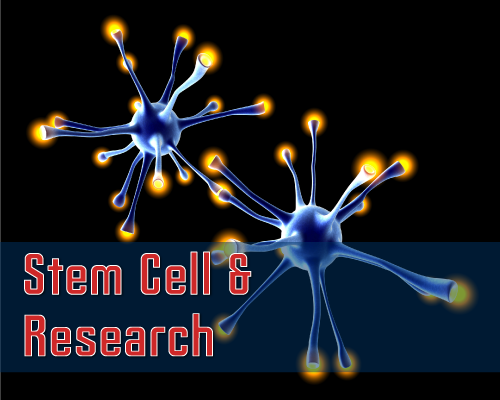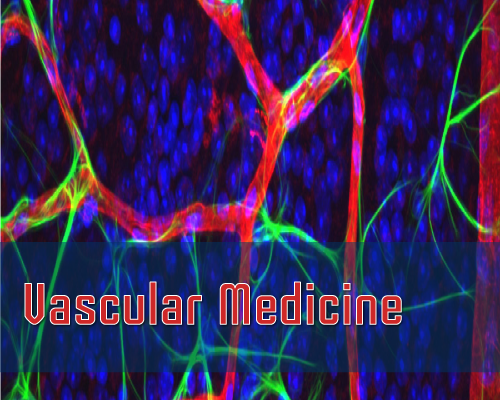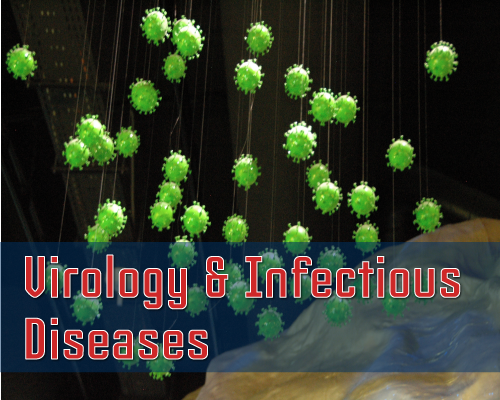Volume 3 Issue 2
Case Report: Pneumomediastinum: A Rare Complication of Polyarteritis Nodosa. Thinking Outside the Box!
Sangita Kamath* and B S Rao
We report here a rare case of a 60 year old female patient, a case of Polyarteritis Nodosa (PAN), who presented with complaints of severe retrosternal chest pain. Her ECG showed ST-T changes in lateral chest leads suggestive of ischemia. She was treated on the lines of Acute Coronary Syndrome (ACS). However, on re-evaluation, she was diagnosed to have pneumomediastinum on chest x ray and CT thorax. She improved on conservative management and her ECG changes reverted back to normal. Her coronary angiography was normal. This case highlights the rare complication of PAN, significance of diligent clinical examination and makes one aware of the ECG mimics of acute coronary syndrome.
Cite this Article: Kamath S, Rao BS. Pneumomediastinum: A Rare Complication of Polyarteritis Nodosa. Thinking Outside the Box! Int J Case Rep Short Rev. 2017;3(2): 031-034.
Published: 25 July, 2017
Case Report: T Lymphoblastic Transformation of Chronic Myeloid Leukemia with Isolated Maturing Precursors of Neutrophil Cell Line in the Cerebrospinal Fluid
Natasa Colovic*, Danijela Lekovic, Marko Jankovic, Marija F. Dencic and Mirjana Gotic
Introduction: Imatinib mesylate, a potent inhibitor of BCR/ABL tyrosine kinase, is the first therapeutic choice in Chronic Myeloid Leukemia (CML). It poorly penetrates the brain-blood barrier so that therapeutic concentrations in the Cerebrospinal Fluid (CSF) can hardly be achieved. In effect, rare clonogenic stem cells that had anchored in the Central Nervous System (CNS) may eventually proceed towards the blastic transformation there.
Case Report: We report on a 25 - yr - old male treated with imatinib mesylate who developed T lymphoblastic blast crisis without the clinical signs of neuroleukemia. After treatment with chemotherapy and preventive intrathecal methotrexate, cytosine-arabinoside and hydrocortisone he achieved the remission. Six months later he contracted a general relapse in the bone marrow and peripheral blood. Remarkably, his CSF cytology demonstrated only the cells representative of chronic phase of disease. The subclone raising the extensive blasts crisis was resistant to chemotherapy.
Conclusion:The CML relapsing in the CSF with a chronic phase clone in parallel with a T-lymphoblastic crisis in the bone marrow and the peripheral blood has never been reported so far. We emphasize the importance of CNS surveillance strategy using PCR methods in patients with signs of CNS involvement in CML.
Cite this Article: Colovic N, Lekovic D, Jankovic M, Dencic MF, Gotic M. T Lymphoblastic Transformation of Chronic Myeloid Leukemia with Isolated Maturing Precursors of Neutrophil Cell Line in the Cerebrospinal Fluid. Int J Case Rep Short Rev. 2017;3(2): 027-030.
Published: 13 July, 2017
MR. Sreevathsa*
One hundred twenty eight patients underwent stapled hemorroidopexy under a single surgeon, using hemorrhoidectomy stapler, PROXIMATE PPH Set manufactured by ETHICON (part of Johnson-Johnson), between January 2004 and January 2008. During this period 320 patients were seen in the hospital with 2nd and 3rd degree hemorrhoids. The mean age of the patient was 48.6yrs. There were 16 women and 112 men. 53% patients presented with bleeding and prolapsed piles, 47% of patients presented with only prolapsed piles, 18% patients presented with pain at anal verge. They were prospectively evaluated for development of late complications on a minimum follow up of five years. Late complications were defined as those occurring later than seven days after surgery. The major late complications were recurrence of prolapse (15.6%), persistence of skin tags (20.3%), persistent pain (9.4%), stenosis (4.7%), faecal urgency & tenesmus (4.7%), raw area on staple line (3.12%) and retained purse string suture (1.6%).
It was found that there was a considerable late post operative complication after stapled hemorrhoidopexy with hemorrhoidal prolapse and persistent skin tags requiring re-surgery.
Cite this Article: Sreevathsa MR. Late Complications after Stapled Hemorrhoidopexy - a Single Surgeon's Experience. Int J Case Rep Short Rev. 2017;3(2): 023-026.
Published: 15 July, 2017
Rosa Scipioni*, Francesco Carubbi, Michele Saltarelli, Valentino Di Tomasso and Marco Petrarca
Electrophysiological procedures imply multiple pathophysiological repercussions, such as the induction of the blood coagulation and thrombosis and, rarely, potentially life-threatening thromboembolism. In this sense, pulmonary embolism is a probably underestimated occurrence, and might be related to deep thrombosis of the pricked femoral vein. The role of anticoagulation in preventing deep vein thrombosis after electrophysiological procedures is still debated, but various evidences have pointed out a reduction of femoral vein thrombosis by anticoagulant treatment. Moreover, it might be useful to pay attention to the risks related to femoral access, to an individualized anticoagulation, and to consider an ultrasound screening after the catheter removal. We describe the case of a 44-years-old woman in oral contraceptive therapy who developed deep venous thrombosis and subsequently submassive pulmonary embolism after undergoing an electrophysiological study. The patient was effectively treated with enoxaparin and then rivaroxaban, obtaining a complete resolution of thrombosis.
Cite this Article: Scipioni R, Carubbi F, Saltarelli M, Di Tomasso V, Petrarca M. Relation between Thrombosis and Electrophysiological Study: a Case Report. Int J Case Rep Short Rev. 2017;3(2): 019-022.
Published: 15 July, 2017
Manouchehr Aghajanzadeh*, Alirza Jafanegad2, Ali alive MD, Omid mosafaii, Yasaman Safarpoure and Samman Ayobi
A carcinoid tumor can occur in a variety of sites, including the mediastinum. Carcinoid tumor arising from the mediastinum is invariably related to the thymus. Isolated origin of mediastinal carcinoids is rare, especially in the posterior mediastinum. Only two cases of posterior mediastinal carcinoids have been reported so far. These were assumed to be arising from ectopic thymus tissue. We report a case of a 48-year-old man who presented with dyspnoea, horsiness and dry cough due to giant carcinoid tumor of the posterior mediastinum, the pedicle originating from the posterior mediastinum, not related to the thymus. She underwent thoracotomy and resection that provided relief. The Microscopic and immunochemical studies revealed extrathymic and show more pronounced cytologic atypia, increased mitotic activity (approximately 3-/ 410 HPF), Grade II) Grade II or (intermediate grade neuroendocrine neoplasm (a typical carcinoid).
Cite this Article: Aghajanzadeh M, Jafanegad A, Alive A, Mosafaii O, Safarpoure Y, et al. Repot of Huge Primary Mediastinal Carcinoid Tumors with Horsiness. Int J Case Rep Short Rev. 2017;3(2): 016-018.
Published: 21 February, 2017
Authors submit all Proposals and manuscripts via Electronic Form!
